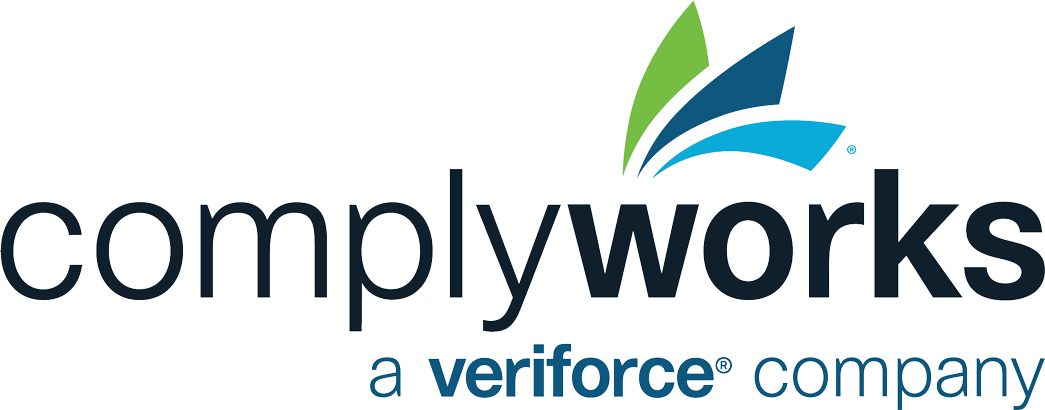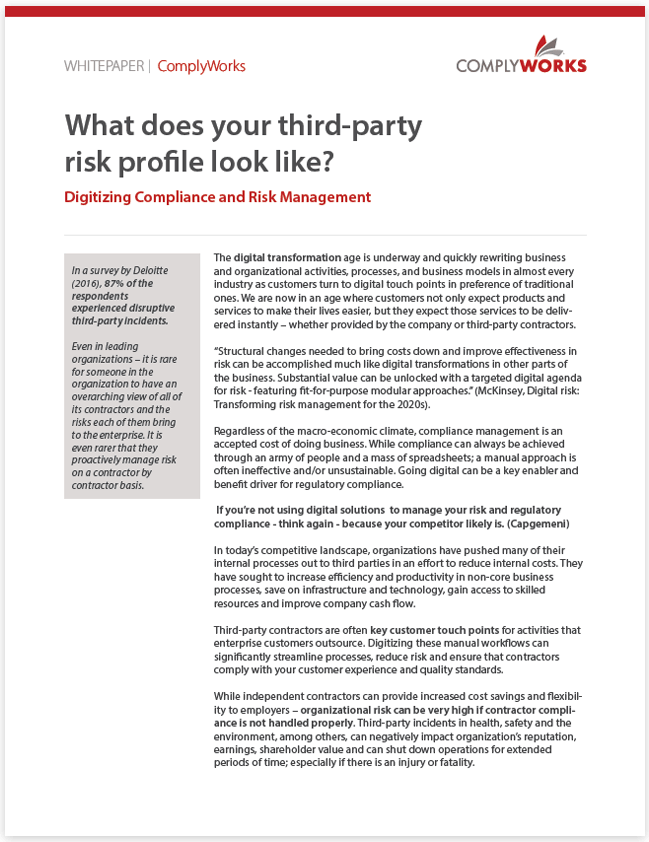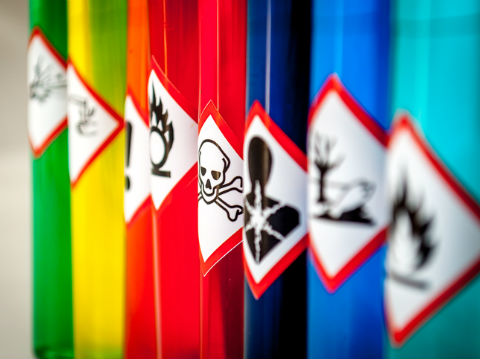Manufacturing compliance is defined as the laws, regulations and technical requirements that manufacturers must adhere to in order to produce goods. For large multi-national organizations whose supply chains run across borders, compliance is a particularly challenging facet of the business. But while compliance management has traditionally been perceived as a cost center, leading manufacturers recognize compliance as an opportunity to improve quality control and increase revenue.

There are countless agencies, regulatory boards and organizations that monitor different aspects in the manufacturing compliance lifecycle. In Canada, the Canadian Food Inspection Agency (CFIA) and Transport Canada are just a few. In the United States, the Food and Drug Administration (FDA), Occupational Safety and Health Administration (OSHA) and the Environmental Protection Agency (EPA) all have their hands in manufacturing compliance. However, the lists don’t end there.
Compliance is an umbrella term and in manufacturing, it can cover regulatory standards related to product safety, health and environmental impact, information technology security, employment law, anti-corruption and more. While regulatory boards typically inspect, audit and approve or penalize manufacturers, it is the manufacturer’s duty to ensure their compliance practices are up to standard. The risks of non-compliance include financial loss, legal consequences, reputational damage and the endangerment of human life. For these reasons, ensuring your entire supply chain is compliant with legal, ethical and industry regulations is a critical step for manufacturers. Here are three reasons manufacturers should automate compliance management in their supply chain.
Compliance is an umbrella term and in manufacturing, it can cover regulatory standards related to product safety, health and environmental impact, information technology security, employment law, anti-corruption and more. While regulatory boards typically inspect, audit and approve or penalize manufacturers, it is the manufacturer’s duty to ensure their compliance practices are up to standard. The risks of non-compliance include financial loss, legal consequences, reputational damage and the endangerment of human life. For these reasons, ensuring your entire supply chain is compliant with legal, ethical and industry regulations is a critical step for manufacturers. Here are three reasons manufacturers should automate compliance management in their supply chain.
To produce quality, high-selling goods
When suppliers and vendors don’t meet regulatory compliance or corporate standards, let’s face it — the product suffers. Quality assurance begins at the top of the supply chain and continues down until the product is delivered to your customer. Leading manufacturers recognize that quality cannot be assured unless the contractors, vendors, suppliers and even internal employees are all operating within the same compliance parameters. If your organization values environmental sustainability, working with vendors that have questionable environmental standards may not be the best fit.There have been many cases where major organizations are scrutinized and even held liable for the non-compliance of vendors. Setting standard expectations for selecting your suppliers is only the first step — auditing and maintaining those standards consistently is the key to sound supply chain compliance, which is where automation can greatly benefit your organization to reduce administration time and costs.
To create a consistent compliance records system
For many businesses, compliance data lives in spreadsheets, on paper or in outdated systems. But manual administrative processes often leave data disconnected or even isolated, preventing a holistic view of vendor compliance. For a manufacturer to have a holistic view, they should maintain one centralized system that allows them to simultaneously view data sets including vendor qualifications, non-compliance history, flagged issues, vendor communication and more.Once this data is accessible from a single access point, it becomes relatively easy for manufacturers to improve quality assurance and operational efficiency by selecting the most suitable vendors for any given task. When this process relies on manual workflows, the complex view of vendor compliance leaves more room for human error and opens the door to the consequences of non-compliance.
To use compliance as an agent for improvement
Compliance, at its core, is about maintaining a standard and adhering to a best practice in all areas of a business. By automating compliance, manufacturers not only reduce manual time spent, avoid fines resulting from non-compliance and mitigate risk, but they also commit to product quality and operational excellence. If your business outwardly emphasizes its focus on maintaining compliant operations, compliance naturally acts as an agent for improvement and attracts vendors with that same standard of excellence.In our Third Party Risk white paper, we review in depth the consequences many global organizations have faced due to a lack of third-party compliance in their supply chains. While it is impossible to completely eliminate risk, these companies could have avoided severe financial, legal and reputational damage if a proactive approach had been taken to strengthening their supply chains.







